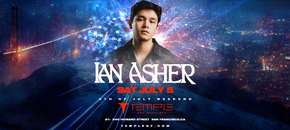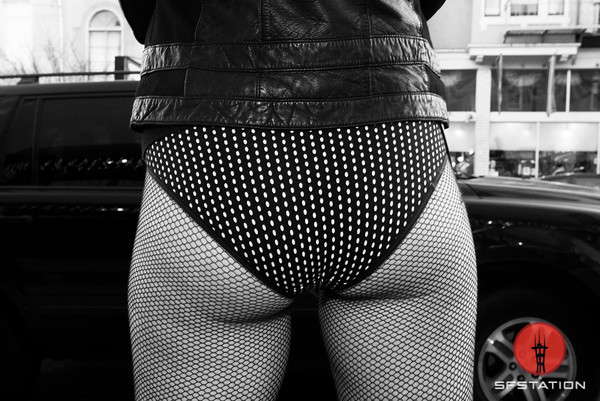Movie Review: Much Ado About Nothing
Joss Whedon’s adaptation of Shakespeare’s farce set in the present is impressive but begs the question of its existence.
Almost everyone in the English speaking world knows (or should know) this story of mishaps in love and marriage that, while having some seriously dark undercurrents, is mostly a comedy of errors that follows a group of friends over a few days. Much of the cast will be recognizable to Joss Whedon fans, many having appeared in his various TV shows. Amy Acker (Angel) is perhaps the standout as the wit-stricken Beatrice who is as much against marriage as her partner-in-barbs Benedick played by Alexis Denisof (Buffy the Vampire Slayer), two obviously star-crossed lovers who revile, a bit too much, in how much they despise the other. On the other side of love there’s Claudio, again played by Whedon mainstay Fran Kranz (Cabin in the Woods) who is so lovestruck by his host Leonato’s (Clark Gregg) daughter Hero (Jillian Morgese), it renders both speechless. Then, of course, there’s Whedon superstar Nathan FIllion (Firefly) as Dogberry, the incompetent house cop. While Whedon is known to “keep it in the family”, as they say, it also signifies that this was more a labor of love, or a genre exercise, rather than something more. In that sense, it’s a great success.
Clearly filmed on a small budget –really, it’s almost a no-budget film– all of the action is centralized to one location, a very Los Angeles house, set in the present but using Shakespeare’s original text. Of course, it’s not the first time, and certainly not the last, Shakespeare has been adapted for contemporary audiences while still holding onto the intended dialogue. For many, the apex of this tradition, at least in recent memory, will be Baz Luhrmann’s Romeo and Juliet which, more or less, covered similar ground. Yet whereas Luhrmann, as he is wont to do, turned the story of the doomed, young lovers into a visual spectacle, Whedon mostly let’s the text speak for itself. Shot in black and white, and clearly on digital film, it has the look of a modern, student film — no thrills, no frills, just straight shooting. While there are some great shots throughout, one in a pool with Claudio wearing a scuba mask comes to mind, the flatness of its visuals and almost amateur nature of the film detract somewhat from the film. That is to say, aside from Whedon’s mostly apt casting of the story and great staging, the question that begs to be asked is: why? Why does this need to exist?
For Luhrmann, he created a visual masterpiece of a classic story, transporting it to the present day and creating a world that mirrored the original, but was new. Whedon’s, on the other hand, is a great adaptation, but there have been so many adaptations of the story, that, as good as this one is, it just makes one wonder what it’s legacy will be. The obvious answer, is that it will fit in with Whedon’s overall canon as a cult director/creator and will stand out as a vastly different, yet no less successful, project that tackles something classical and minimalistic, rather than his usual fanboy (or fangirl) affair. But, if anything, it should hopefully introduce the younger generation of Whedon fans to Shakespeare, or a work that is non-comic book or cult. If the film can find fans in the normal Whedon fans who may be uninitiated in Shakespeare or not usually attracted to this type of film, then that is a great feat in a medium that has been increasingly been dominated by superheroes comic adaptations, like Whedon’s own The Avengers. But, as good as the adaptation is, it’s just a bit hard to place it’s importance outside of Whedon’s need to take a breather and do something different.
Rating: 3.5 out of 5





